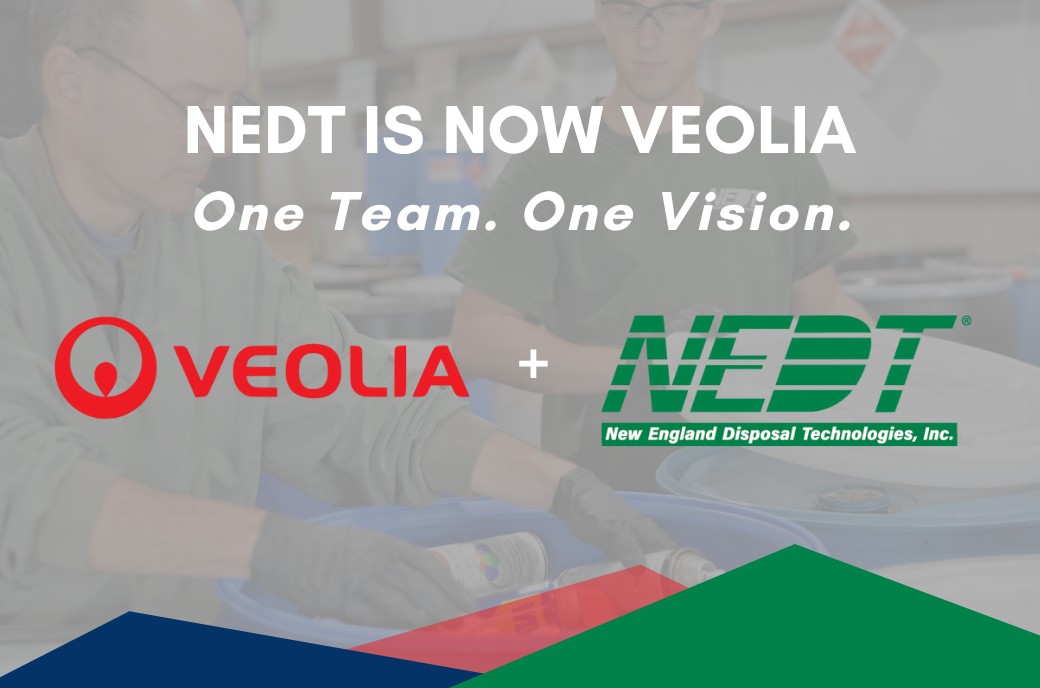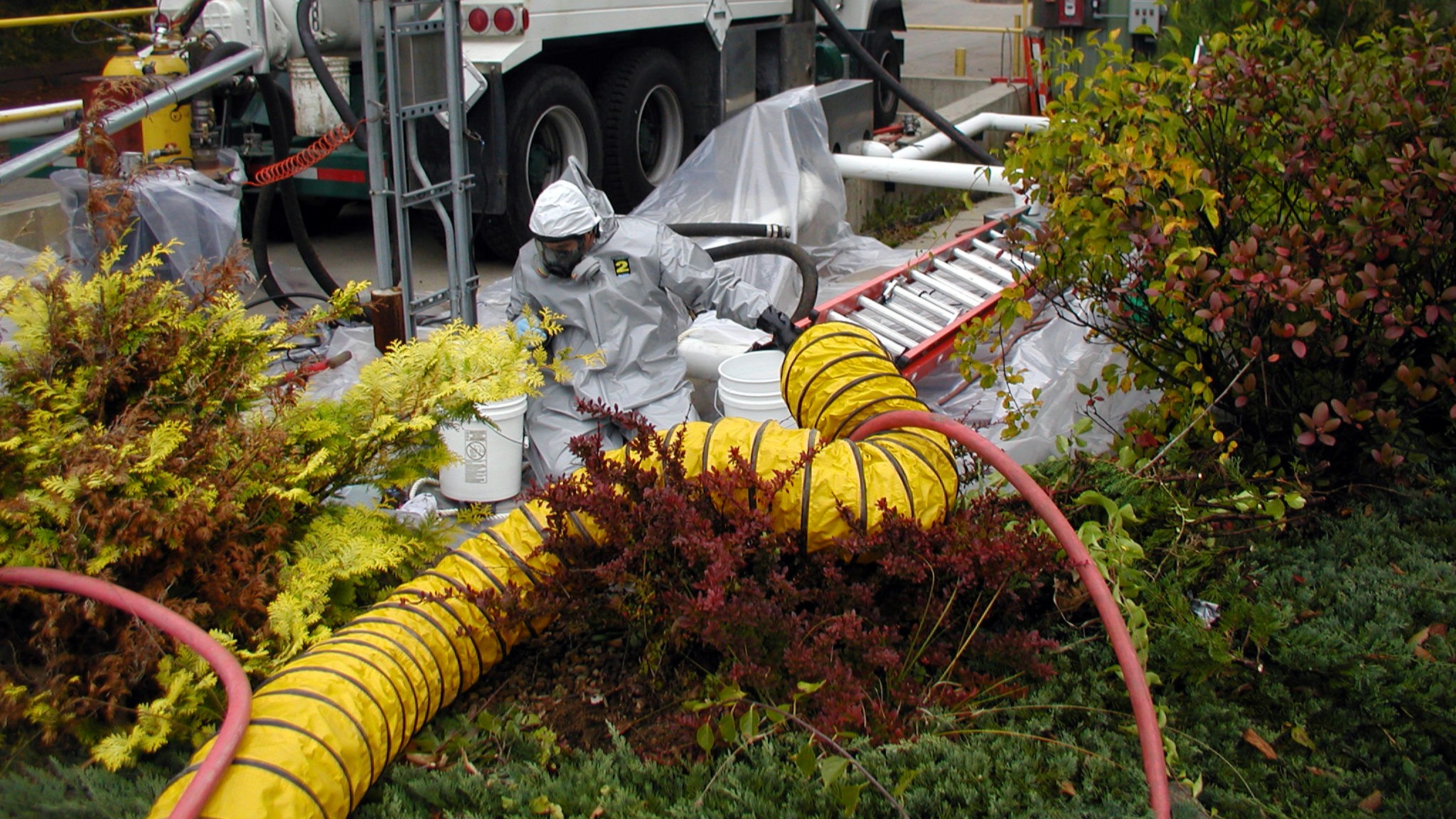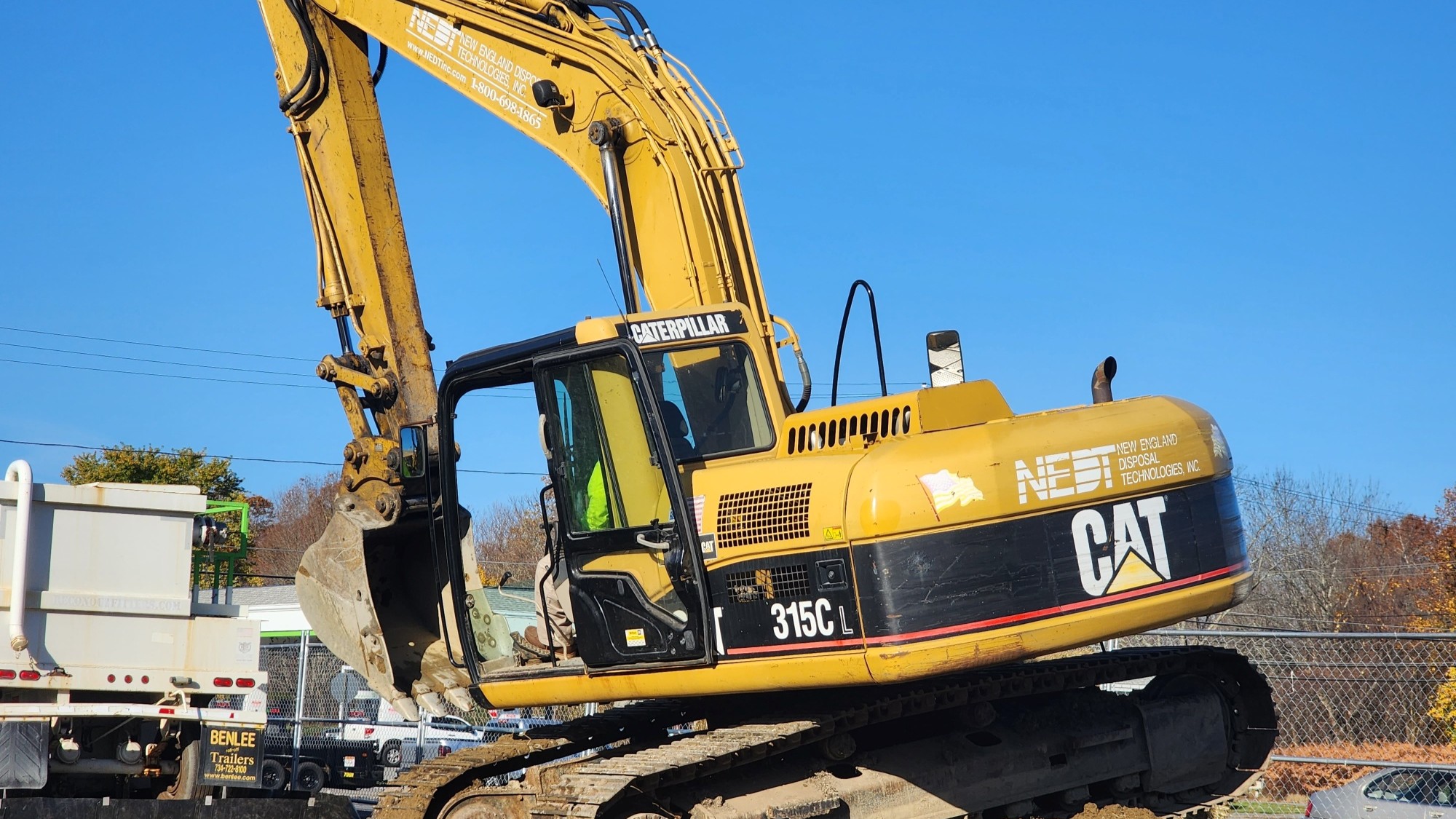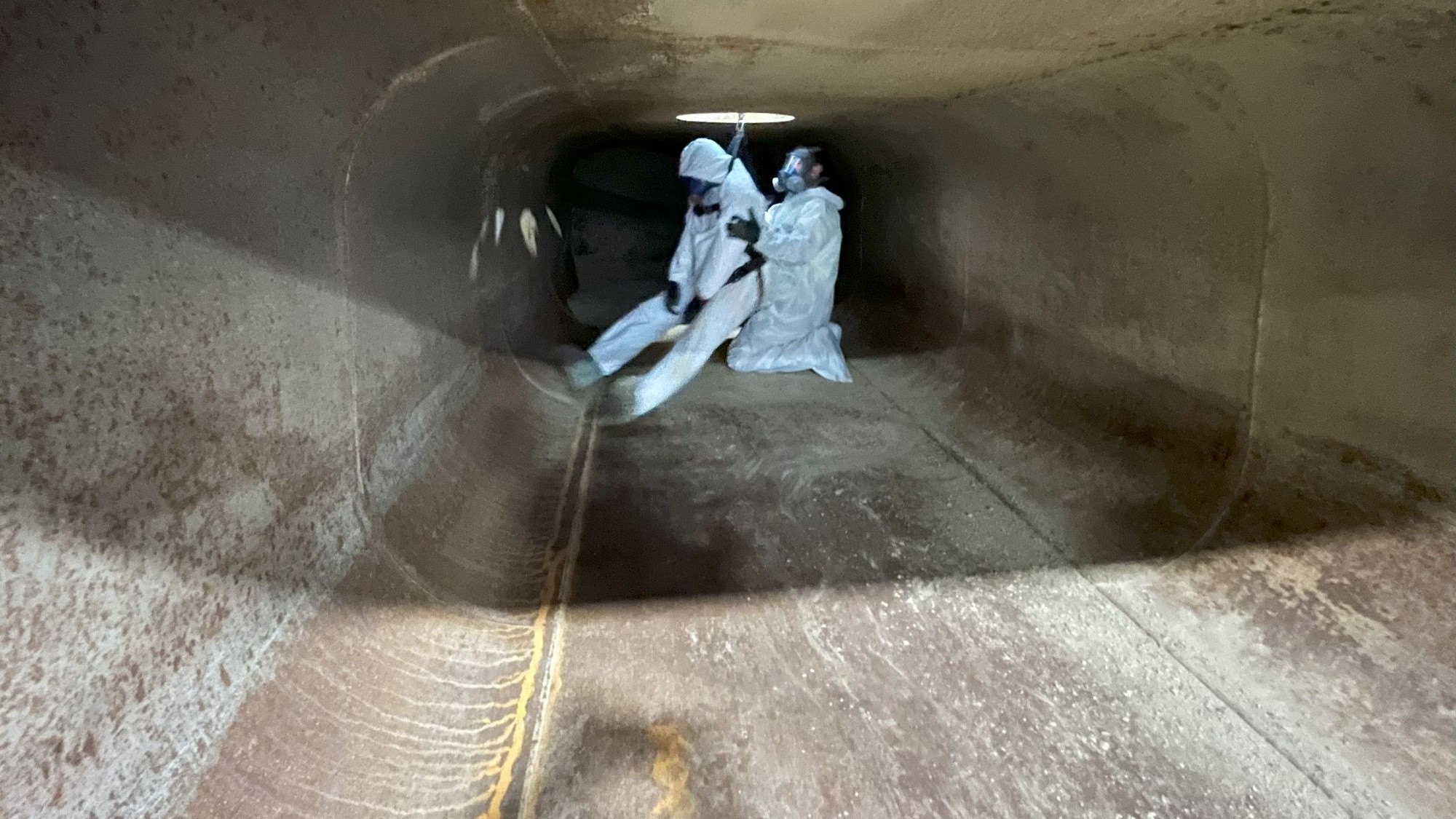Cleaning offices is one thing, but cleaning industrial facilities takes experience, specialized equipment, and often protective gear. Whether you’re dealing with cleaning and maintenance as part of a regular schedule, the result of an audit or accident, or that deep clean you’ve been putting off, things can get messy. Learn why, when it comes to industrial facility cleaning, you’ll want contractors with the training and certification to handle hazardous cleaning conditions and the hazardous waste that accompanies it.
Examples of Industrial Facility Cleaning Hazards Locations
Numerous areas in industrial complexes pose hazards, ranging from the contents and conditions to the types of machinery in operation. Below are some common examples:
- Drainage Trenches: From controlling water flow to draining your sites, these trenches often become contaminated with trash and industrial runoff.
- Sump Pits: Also known as sump wells or basins, these areas don’t just fill with water, but also with other waterborne contaminants, requiring regular emptying and cleaning.
- Containment Berms: The cleaning and maintenance of berms are vital to their long-term success, whether they are used regularly or as part of spill contingencies.
- Storage Tanks: Above and below-ground storage tanks require regular maintenance and cleaning to avoid leaks. Cleaning is also required before tank removal.
- Lagoons: Sometimes lagoons and other artificial ponds need to be decontaminated, drained, and cleaned—or all three at once.
- Basins & Vaults: Cleaning and maintenance of utility vaults and basins, including for wastewater, storm, electrical, and other systems, for safety and improved performance.
Planning & Hiring for Hazardous Cleaning
Above are examples of areas that can include tight confines, considerable footprints, and toxic waste, all of which pose their own risks to employees and contractors. It’s essential you hire not only cleaning experts, but those with the training (and permits) for dealing with hazardous conditions.
Get a Team with the Right Training
First, you’ll want a team with experience not only in cleaning but also in cleaning industrial spaces. Here, both experience and training are key, as teams need to be able to plan out projects and keep everyone on site safe. Make sure to ask about the training your cleaners have received, as well as any additional training or orientations they will need to complete with your staff before work begins.
Get a Team with the Right Permits
Hand-in-hand with training are actual permits and certifications. Some will be required to obtain permits before work begins, such as a dig permit for underground tank removal. But others are examples of certification-backed training, such as Permit-Required Confined Spaces (PRCS) training for dealing with hazardous industrial spaces.
Get a Team That Can Dispose of Hazardous Waste
Cleaning hazardous industrial facilities often involves the discovery or generation of hazardous waste, ranging from petroleum products in wastewater to chemical hazardous waste from cleaned process lines. Having a team that can dispose of hazardous waste after cleaning is key to preventing hazardous waste from piling up, which can lead to both safety issues and regulatory fines.
What sets NEDT apart from other industrial cleaning services is our extensive experience, equipment, and certifications, which enable us to cover any eventuality related to your projects, including the ability to seamlessly transition from industrial cleaning and maintenance to hazardous waste transportation and disposal. Using our 25+ years of experience, we’re ready to handle projects of any size. Contact us today to learn more and get started.







